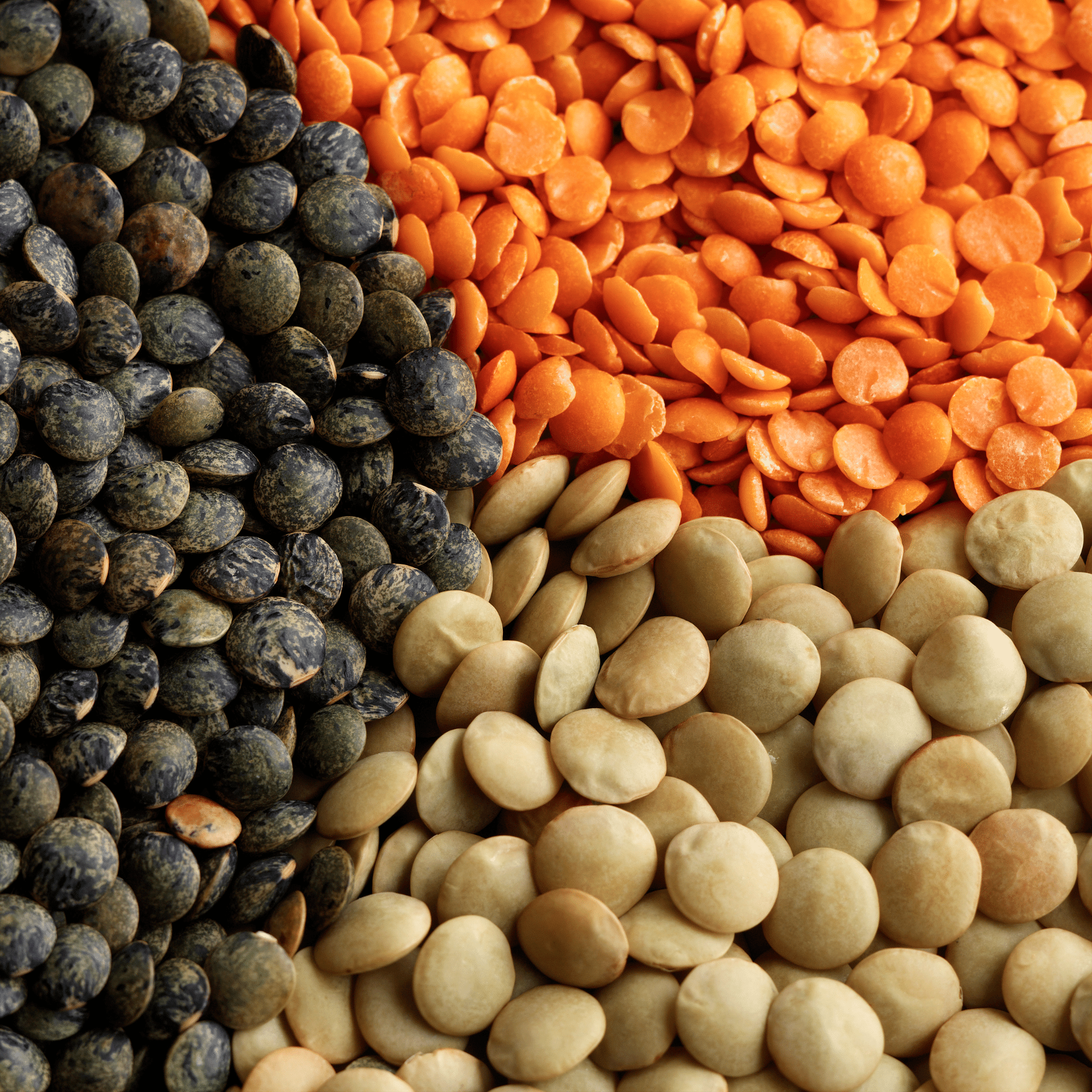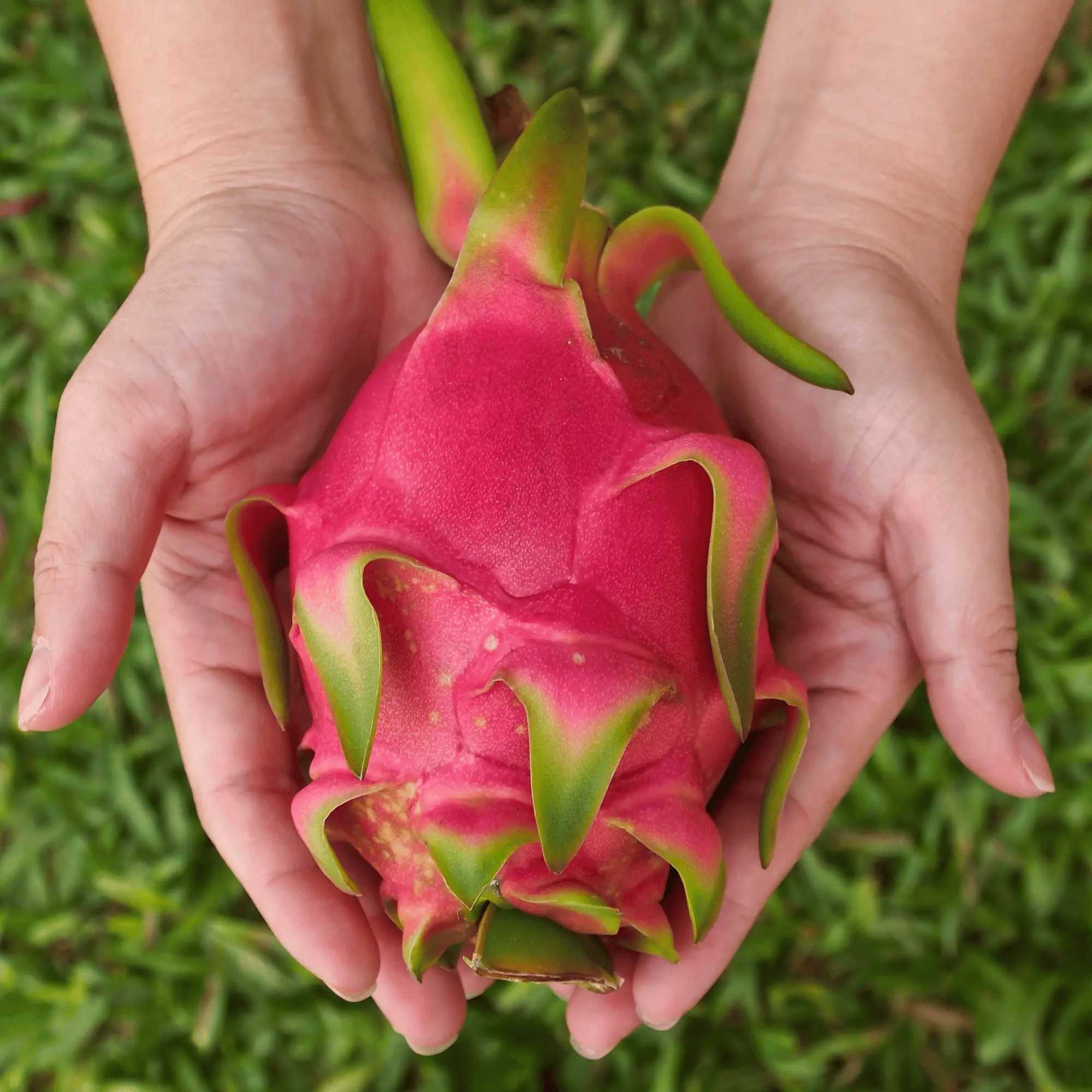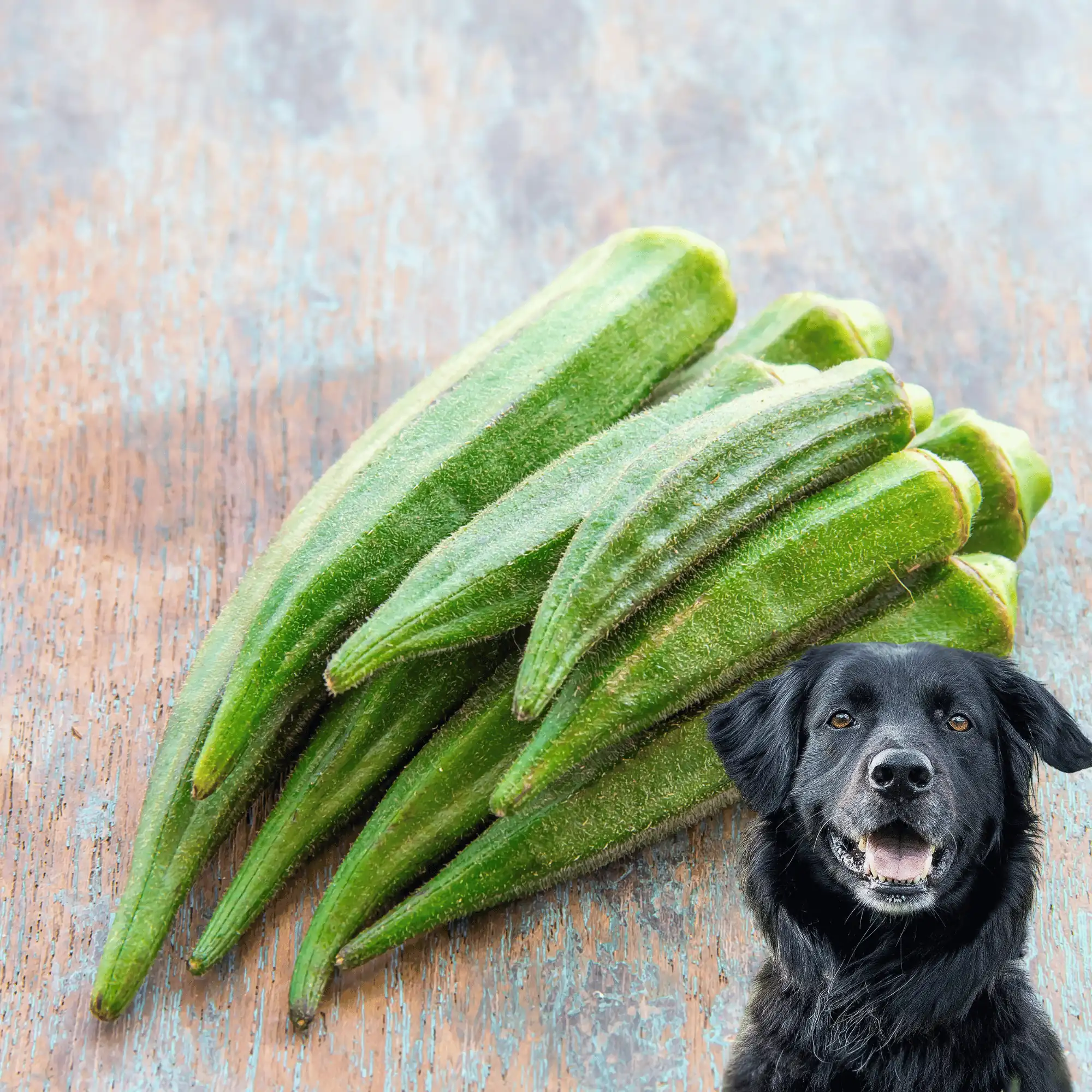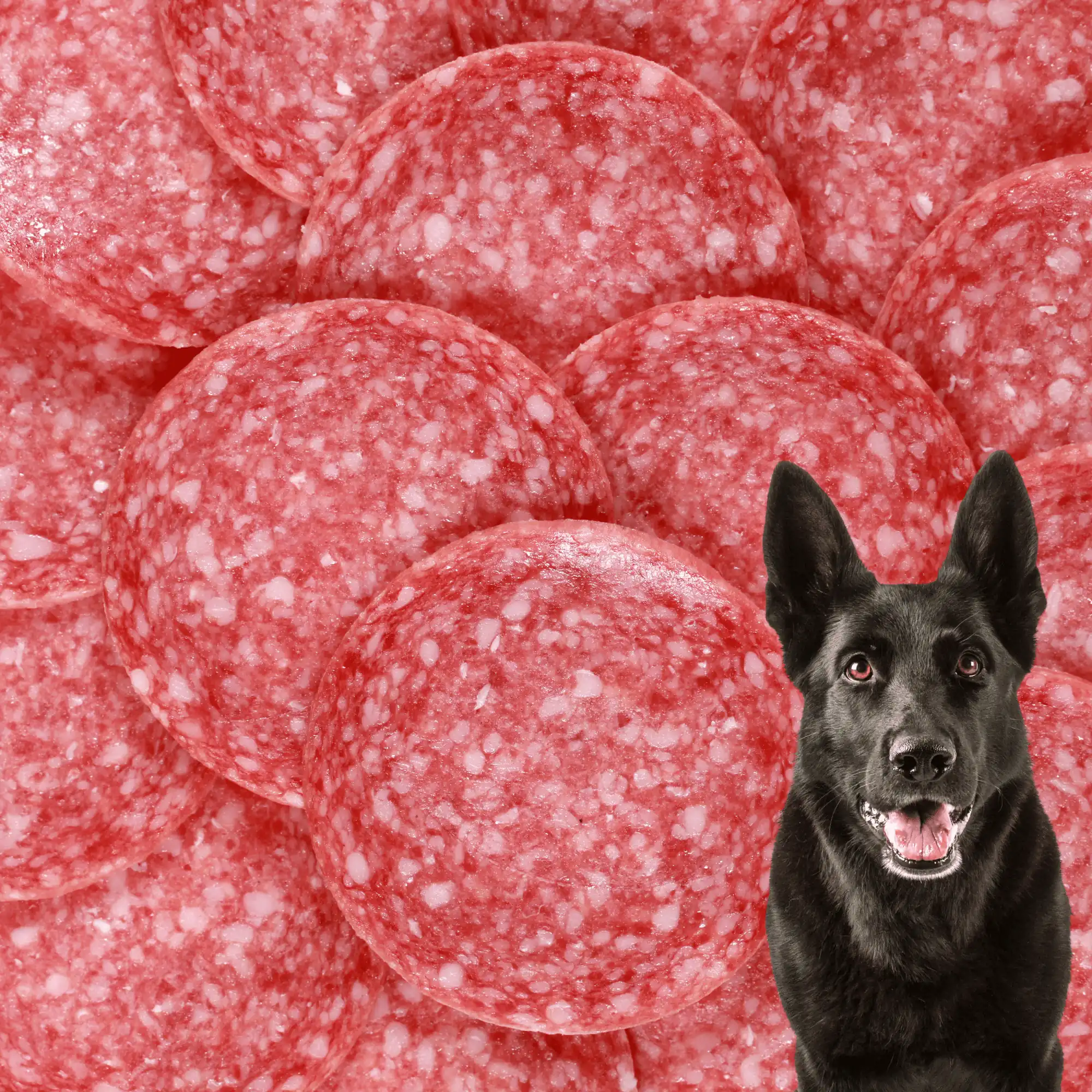Pet owners often wonder if dogs can eat lentils, and while it’s crucial to consult a vet before introducing any human food into a canine diet, lentils can be a safe and nutritious option for your furry friend. Lentils are packed with protein, fiber, and essential nutrients that can benefit dogs when included in their diet. However, it’s important to cook lentils thoroughly to ensure they are easily digestible and to serve them in moderation to avoid any potential digestive issues. With proper preparation and portion control, lentils can be a healthy addition to your dog’s meals.
In this complete guide, we’ll answer the question “Can dogs eat lentils?” in detail. We’ll talk about why lentils can be good for your dog’s health and give you tips on how to feed them safely. Whether you’re thinking about giving lentils to your dog or just want to know more about them, this article will help you understand if they’re right for your pet.
Here are the topics we’ll follow in this blog post:
- Can Dogs Eat Lentils?
- 4 Health Benefits of Lentils for Dogs
- 4 Risks and Considerations
- How to Introduce Lentils to Your Dog’s Diet
- Can Lentils Cause Heart Disease?
- Can Dogs Eat Green Lentils?
Can Dogs Eat Lentils?
Dogs can safely eat cooked lentils as part of their diet, but only in small amounts. Lentils provide protein, fiber, and iron, which can be good for your dog. Remember, most of your dog’s food should be specially made for dogs, with only a little bit of human food mixed in. Always talk to your vet before feeding your dog new foods.
Just like people, dogs can have problems with certain foods. Soak and cook lentils before giving them to your dog to avoid any issues. You can give your dog yellow, brown, or red lentils, but green lentils might be harder for them to digest, so try other types first.
4 Health Benefits of Lentils for Dogs:
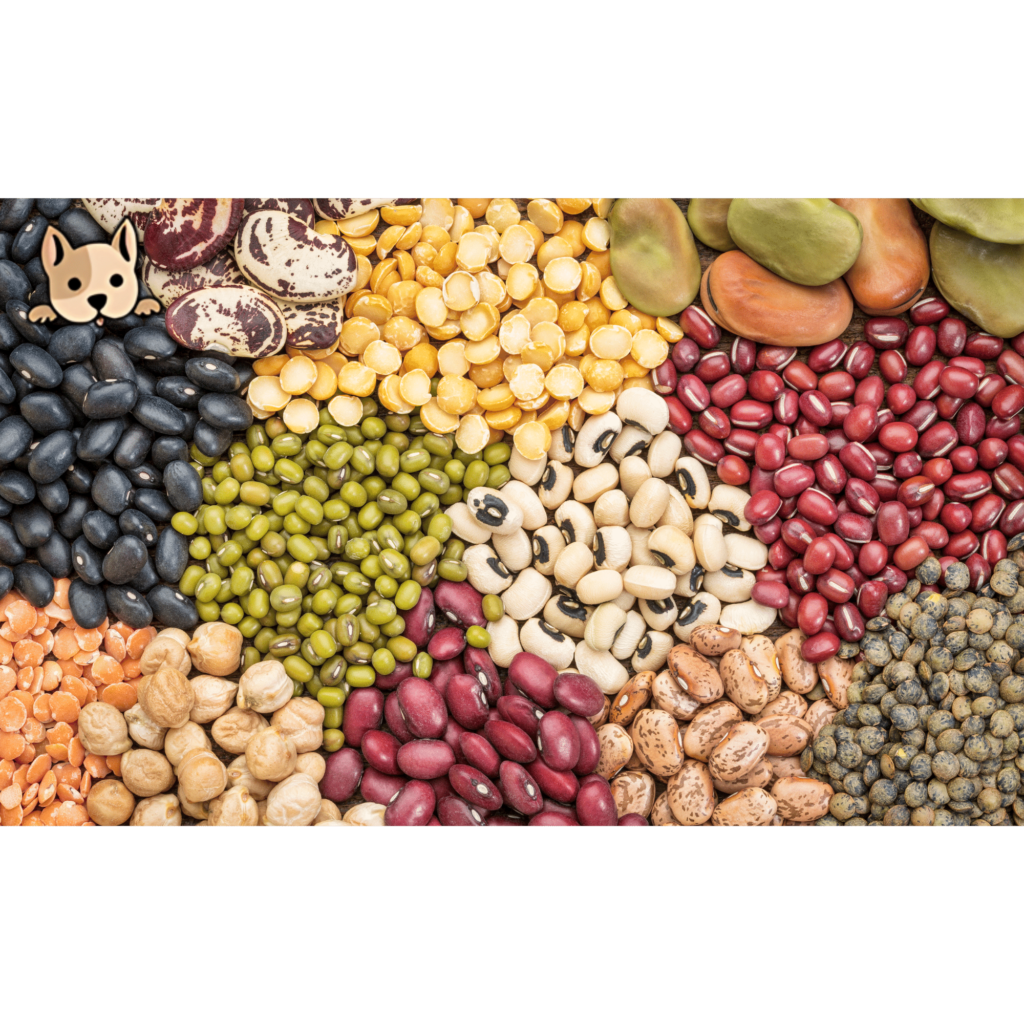
Lentils, also known as Legume, can be a nutritious addition to your dog’s diet, providing several health perils
1. High in Protein:
Lentils are high in protein, which is beneficial for dogs as it supports various bodily functions, including muscle development, immune function, and overall health. Protein is made up of amino acids, which are the building blocks of cells, tissues, enzymes, and hormones in the body.
For dogs, a diet rich in high-quality protein is essential for maintaining muscle mass, promoting healthy growth in puppies, supporting immune system function, and aiding in the repair of tissues.
2. Rich in Fiber:
The fiber in lentils promotes healthy digestion in dogs by adding bulk to their stool and aiding in regular bowel movements. This can help prevent constipation and keep your dog’s digestive system healthy overall. The high fiber content in legumes can help dogs feel full and satisfied, which may reduce their overall food intake. This can be beneficial for overweight dogs by supporting weight management efforts.
Fiber can help control blood sugar levels by slowing down how quickly glucose is absorbed into the bloodstream. This can be particularly important for dogs with diabetes or those at risk of developing the condition.
3. Nutrient-Rich:
Lentils are packed with essential nutrients that are beneficial for dogs. They serve as a rich source of iron, vital for producing hemoglobin in red blood cells, which transports oxygen throughout the body, thus preventing anemia and boosting overall energy levels. Additionally, beans contain potassium, an electrolyte crucial for regulating fluid balance, muscle contractions, and nerve signals.
Moreover, lentils provide magnesium, facilitating numerous biochemical reactions within the body. Furthermore, lentils are abundant in folate, or vitamin B9, essential for DNA synthesis and cell growth. Lastly, peas boast vitamin B6, which aids in carbohydrate metabolism, supports nervous system function, and contributes to the production of red blood cells.
4. Fatty Acids:
While lentils are not a significant source of fat, they do contain small amounts of essential fatty acids, such as omega-3 and omega-6 fatty acids. These fatty acids are important for maintaining healthy skin and coat, supporting immune function, and promoting overall well-being in dogs.
While lentils do contain some fat, they are still a lower-fat alternative to many animal-based protein sources, such as fatty cuts of meat. This can be beneficial for dogs that need to manage their weight or are prone to obesity-related health issues.
4 Risks and Considerations:
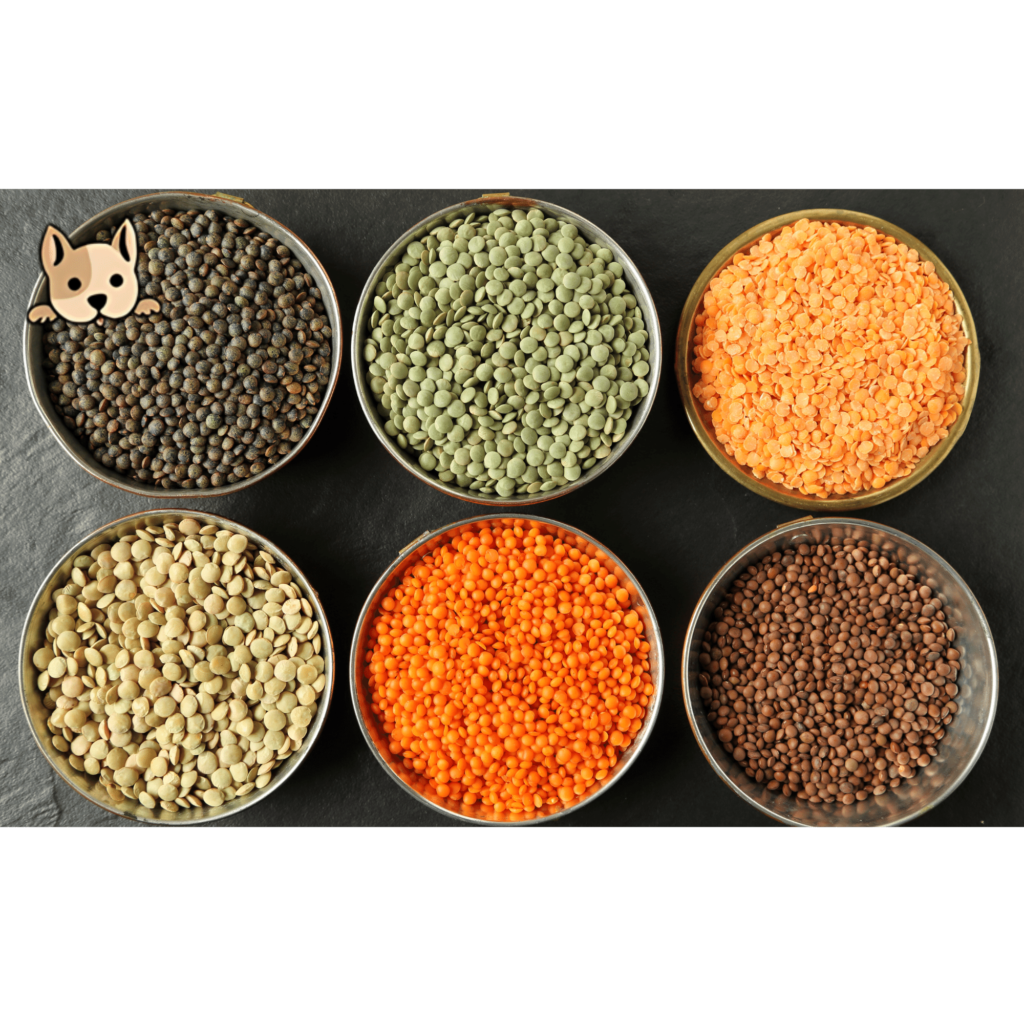
Introducing lentils into your dog’s diet comes with potential health risks, including:
1. Digestive Problems:
The high fiber content in lentils can affect a dog’s sensitive digestive system. Feeding too many lentils may lead to flatulence, bloating, loose stools, or an upset stomach.
2. Lectin and Phytate Side Effects:
Raw lentils contain lectins, a protein that can promote the growth of harmful gut bacteria. Beans also contain phytates (or phytic acid), which can hinder nutrient absorption and lead to mineral deficiencies in dogs. Soaking lentils overnight and cooking them thoroughly before serving can reduce lectins and phytates to safe levels.
3. Possible Link to Heart Disease:
Some grain-free commercial dog foods, which often include lentils and other legumes as main ingredients, have been linked to cases of canine dilated cardiomyopathy (DCM), a dangerous heart condition. While there’s no clear evidence linking lentils specifically to DCM, owners of dog breeds prone to DCM may choose to avoid feeding them lentils as a precautionary measure.
4. Allergic Reactions:
Another potential risk associated with introducing lentils into your dog’s diet is the possibility of allergic reactions. While relatively uncommon, some dogs may be allergic to lentils, experiencing symptoms such as itching, skin rashes, digestive upset, or even respiratory issues. It’s essential to monitor your dog closely after introducing pigeon peas and consult with a veterinarian if you notice any adverse reactions.
How to Introduce Lentils to Your Dog’s Diet?
When feeding your dog lentils, it’s important to follow some precautions to keep them safe and healthy. First, talk to your vet before giving your dog any new food, including lentils. They can advise you on how much to give based on your dog’s breed and needs. Secondly, make sure to prepare the lentils properly by soaking them in water overnight and cooking them thoroughly. This removes harmful substances and makes them easier for your dog to digest. Serve dal as an occasional treat, mixing a small amount into your dog’s regular food once or twice a week.
Keep the lentils plain without adding any salt, sugar, or other seasonings. Also, avoid giving your dog lentil products like chips or soup, as they may contain ingredients that could make them sick. Finally, watch your dog’s behavior after trying lentils for the first time, looking out for any signs of discomfort or allergic reactions.
Serving Suggestions:
Your dog can have lentils in small or moderate amounts once they’ve been soaked and cooked plain, without any spices added. Here are some ways to serve lentils to your dog:
- Homemade Meal: Mix lentils with meat and vegetables.
- Mixed with Dog Food: Blend beans into your dog’s regular store-bought food.
- As a Treat, Give lentils in small amounts as a snack.
Can Lentils Cause Heart Disease?
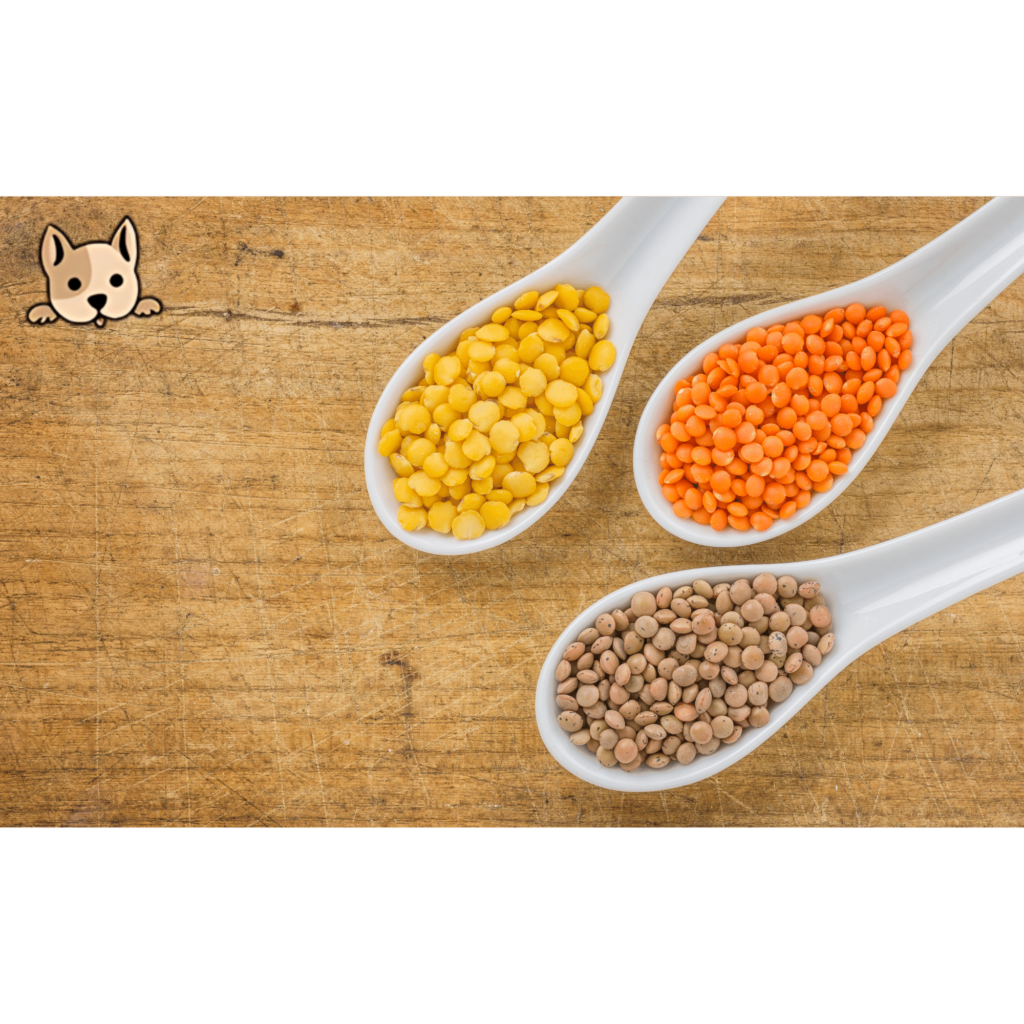
Some pet owners are worried about an FDA investigation into certain dog foods and a possible link to a heart disease called dilated cardiomyopathy (DCM) in dogs. The investigation is looking at many types of dog food, especially grain-free ones with lots of legumes or potatoes. Peas and legumes are getting the most attention.
The FDA has not yet found solid evidence that these foods cause DCM. They say it’s a complex issue with many possible factors. Right now, the FDA and vets are not telling people to avoid any specific dog foods.
The concerns about lentils and heart disease mostly involve dogs that eat lentils in their regular dog food every day. Even then, the risk is very small. For example, in 2018, there were 320 cases of DCM in dogs out of 89.7 million dogs, which is only 0.00035%. If your dog only has lentils occasionally, they should be fine.
But it’s good to think about how healthy a dog food is if it’s full of lentils and peas, especially if there’s not much meat. Legumes are cheap and might be used as fillers. The best thing to do is check if your dog’s food has balanced nutrition with natural, whole foods, and make sure meat is the main ingredient.
Can Dogs Eat Green Lentils?
Yes, dogs can eat green lentils. They take longer to cook, so people often prefer brown or red lentils. However, green lentils are just as healthy and full of antioxidants and minerals. They have a more peppery taste, so your dog might not like them as much as other types of lentils.
Final Thought:
In conclusion, lentils can be a nutritious addition to your dog’s diet when prepared and served correctly. They offer several health benefits, including high protein, fiber, and essential nutrients like iron, potassium, and magnesium. However, it’s crucial to introduce lentils gradually and in moderation, ensuring they are thoroughly soaked and cooked, to reduce the risk of digestive issues and potential nutrient absorption problems.
While some concerns about lentils and heart disease exist, the evidence is not conclusive, and occasional servings of beans are generally safe for most dogs. Always consult with your veterinarian before adding new foods to your dog’s diet, and ensure their meals are balanced with natural, whole foods, with meat as the main ingredient.
By following these guidelines and monitoring your dog’s response, you can safely incorporate lentils into their diet, providing them with an additional source of nutrition and variety.
FAQs:
Can dogs eat cooked lentils?
Dogs can eat lentils as long as they are fully cooked and served without any added ingredients. Peas are safe and nutritious for dogs, providing fiber and protein that can help them feel full for longer.
Are lentils better than rice for dogs?
Lentils are more nutritious for dogs than rice. They have more dietary fiber and protein, making them a better source of energy and amino acids. This is beneficial for all dogs, especially those that rely on plant sources for protein.
Are lentils an allergen for dogs?
Lentils are a great source of protein for dogs. They are rich in fiber, vitamins, and minerals and can help improve heart health by boosting “good” cholesterol (HDL). Lentils are also considered hypoallergenic and are often included in hypoallergenic diets for dogs.
Do lentils make dogs gassy?
Pet food containing oligosaccharides, found in ingredients like soybeans, beans, chickpeas, and lentils, can cause excessive gas in dogs’ intestines. This is because dogs lack the digestive enzymes needed to break down these complex carbohydrates.






